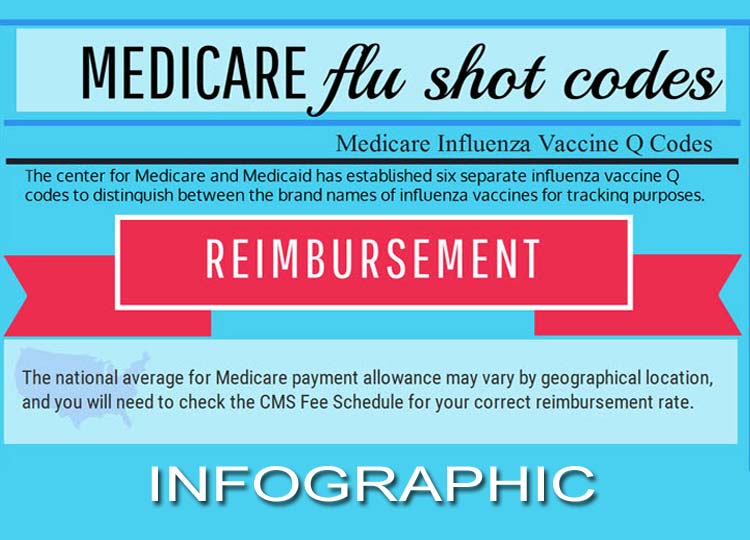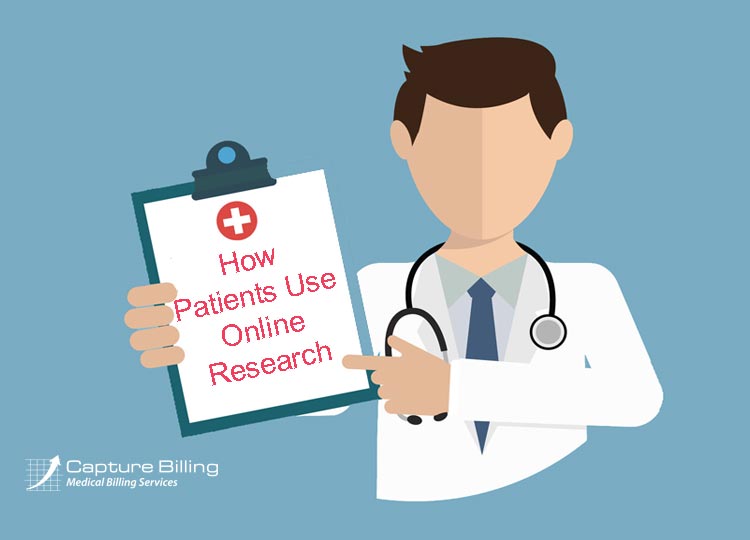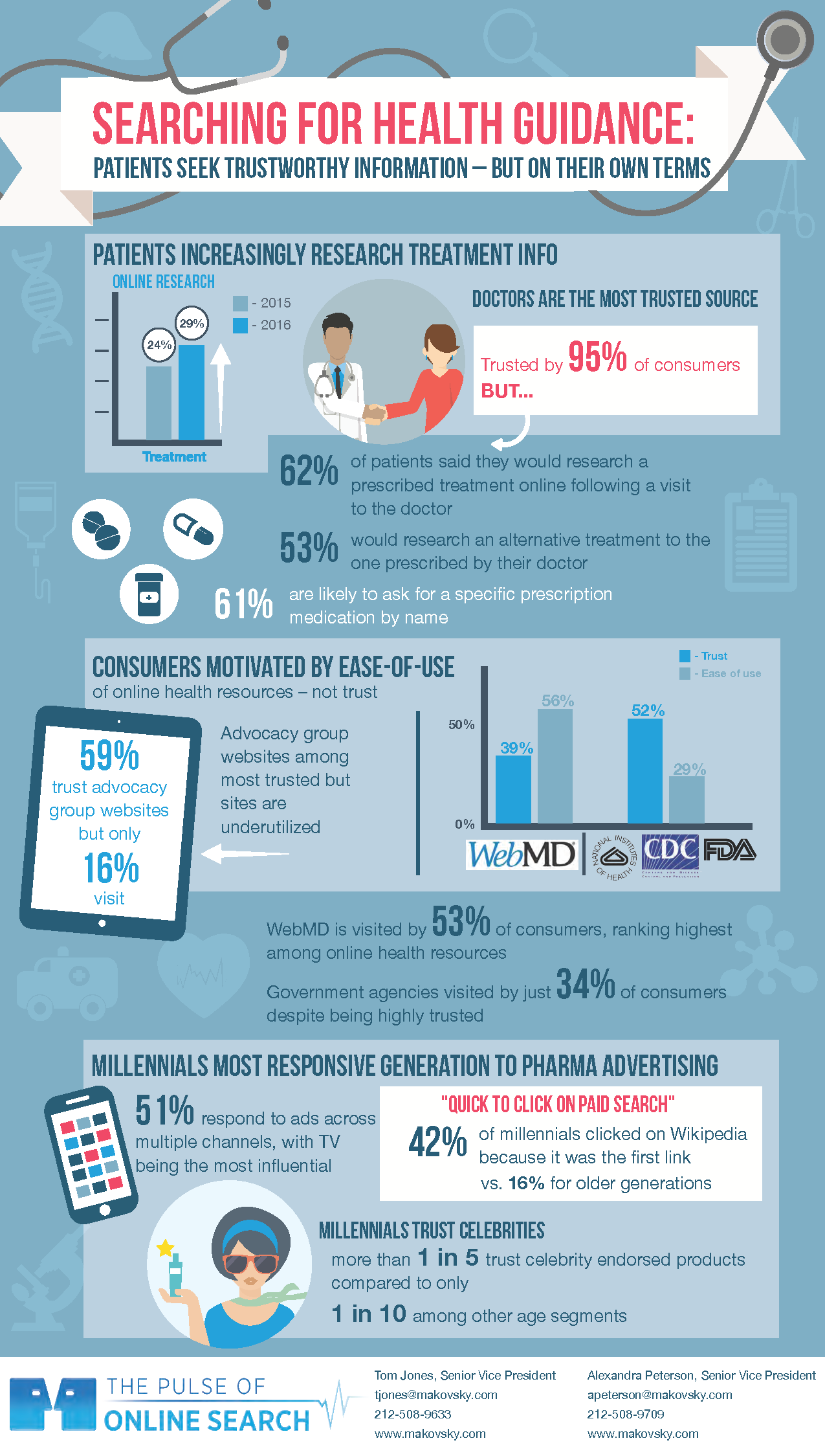
Medicare Influenza Vaccine Codes
With the flu shot season well upon us, many healthcare providers are wondering how to bill influenza vaccines for their Medicare patients. The center for Medicare and Medicaid has established six separate influenza vaccine Q codes to distinguish between the brand names of influenza vaccines for tracking purposes.
We tried our hand at producing our first ever infographic of flu vaccine codes. It’s a bit simplistic but it’s a quick visual on all of these Medicare Q codes. Hopefully we will make some more on other topics.
Before you select one of these codes to use, however, it’s important that you bill out for the administration of the vaccine itself. Use the Medicare-specific code G0008 Administration of Influenza Vaccine along with the correct Q code.
Use the G0008 code along with one of the following:
Q2034 Agriflu Vaccine:
Influenza virus vaccine, split virus, for intramuscular use (Agriflu)
Q2035 Afluria Vaccine:
Influenza virus vaccine, split virus, when administered to individuals 3 years of age and older, for intramuscular use (Afluria)
Q2036 Flulaval Vaccine:
Influenza virus vaccine, split virus, when administered to individuals 3 years of age and older, for intramuscular use (Flulaval)
Q2037 Fluvirin Vaccine:
Influenza virus vaccine, split virus, when administered to individuals 3 years of age and older, for intramuscular use (Fluvirin)
Q2038 Fluzone Vaccine:
Influenza virus vaccine, split virus, when administered to individuals 3 years of age and older, for intramuscular use (Fluzone)
Q2039 NOS (Not Otherwise Specified) Vaccine:
Influenza virus vaccine, split virus, when administered to individuals 3 years of age and older, for intramuscular use (Not Otherwise Specified)
Reimbursement
Remember that how much Medicare pays depends on your location. Check the CMS Fee Schedule to find your reimbursement rate.
Your local Medicare carrier may also have its own specific billing rules, so check that out too when billing.
Find your CMS Fee Schedule: https://www.cms.gov/apps/physician-fee-schedule/overview.aspx
Additional information from Medicare: http://www.cms.gov/MLNMattersArticles/downloads/MM7234.pdf
For a video on Medicare flu shot coding go to: What are the Medicare Flu Shot Codes

Medicare Flu Shots Codes Infographic – An infographic by the team at Capture Billing
Embed Medicare Flu Shots Codes Infographic on Your Site: Copy and Paste the Code Below
— This post Medicare Flu Shot Q Code Infographic was written by Manny Oliverez and first appeared on Capture Billing. Capture Billing is a medical billing company helping medical practices get their insurance claims paid faster, easier and with less stress allowing doctors to focus on their patients.
Capture Billing










